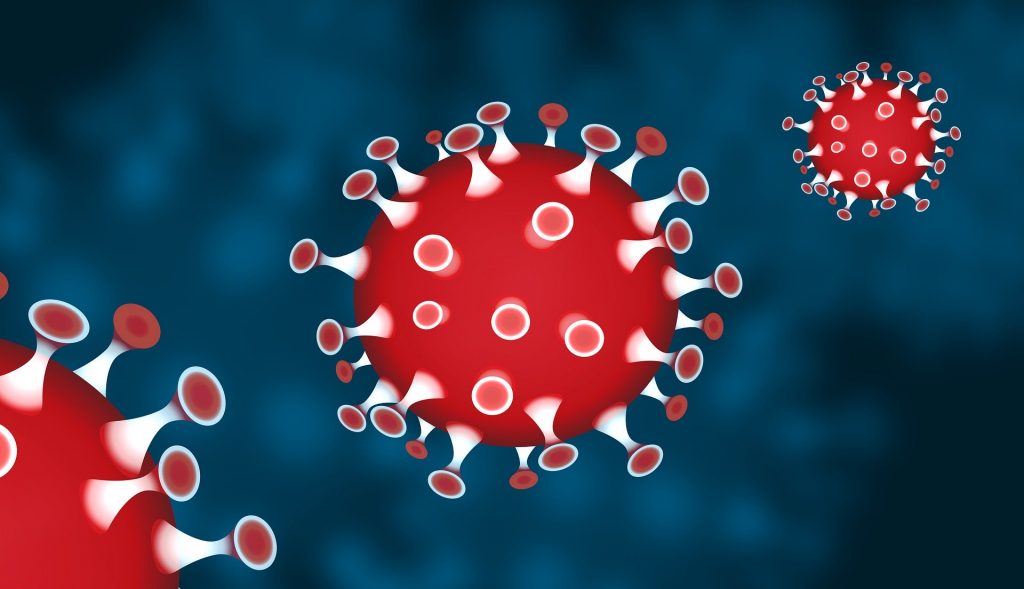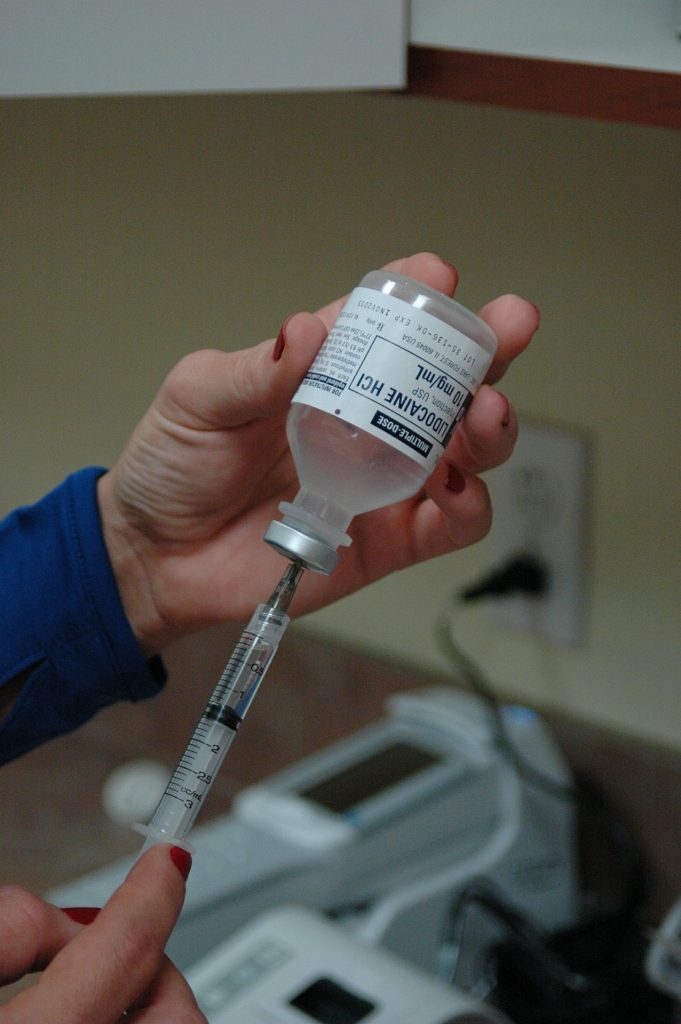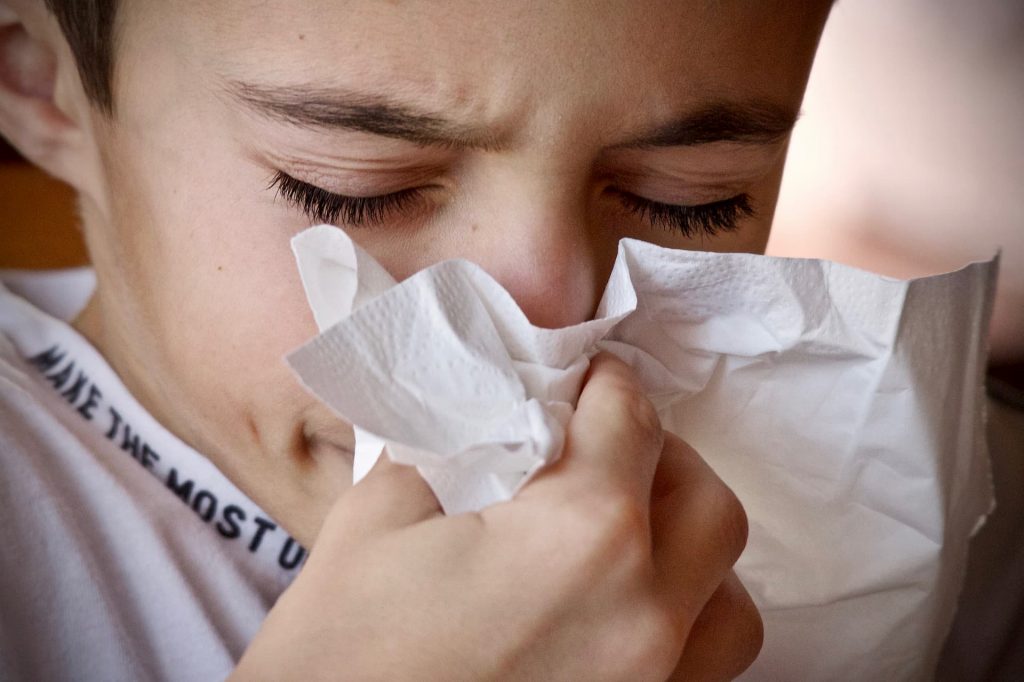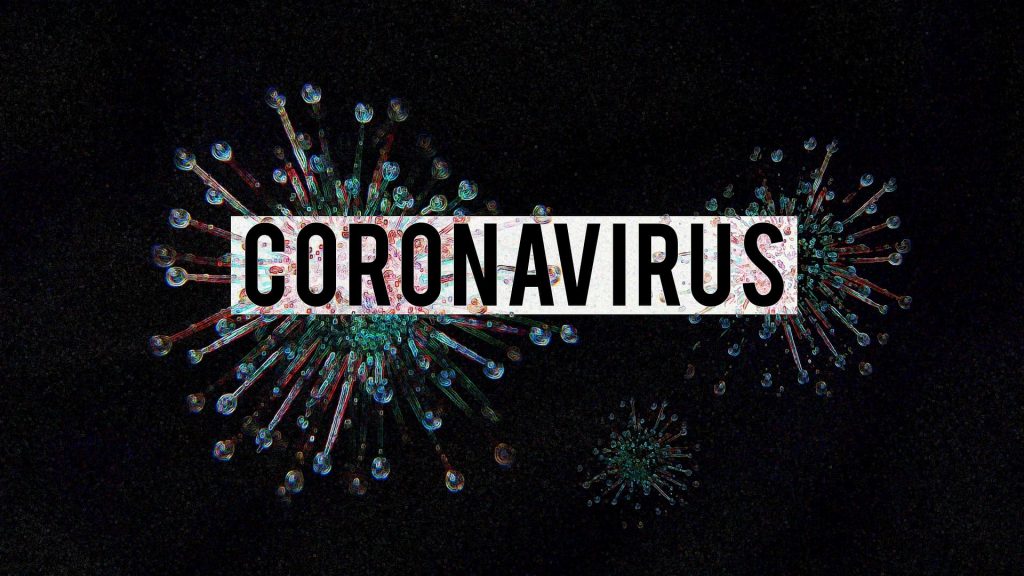
A Nickerson High School graduate, Dr. Jennifer Koontz grew up in Hutchinson, KS. As a college athlete, playing volleyball, basketball and running track at Bethel College, she discovered a passion for healthy living and sports medicine that would direct her in life.
As a physician specializing in Orthopedics and Sports Medicine since 2005, Dr. Koontz is passionate about helping patients of all ages maintain a quality of life that includes activities they love.
As you know, Harvey County now has their first person with a confirmed case of COVID-19. This is expected news and I would expect the numbers to increase. We have limited testing, like almost every place in the US, but this number is still expected to rise.
Many people ask if this is like seasonal flu, which is an influenza virus. Many wonder if we are overreacting to COVID-19 in our communities. I thought I’d go through some of the comparisons of the two illnesses and why scientists believe this is different. As of today, 3/26/20, many unknowns remain about COVID-19 and many of the facts will be clear at a later date, but as of today, this is what we know:

How contagious it is
R0, said as R naught, is the reproduction number that expresses how contagious an organism is. The number means if one person is infected, how many other people will they infect. We know the R0 for influenza (which is the virus that causes the seasonal flu) is about 1.3. So each person with influenza will infect 1.3 other people. We don’t know the final number yet, but the current best estimate for COVID-19 is around 2.5. Estimates range between 1.4 and 5. This makes COVID-19 more contagious – this is what can cause exponential growth of cases and it can spread easier than influenza.

Mortality rate
Influenza kills many people every year. We know the mortality rate is around 0.1%, so about 1 out of 1000 people who get the influenza virus can die. We won’t know until later, but there is concern that the mortality rate for COVID-19 is much higher. There are currently 529,591 cases in the world and 23,970 deaths, which is a 4.5% mortality rate. This means that 45 people out of 1000 will die. Many suspect this number will go down greatly once we test more and understand the true number of mild cases, but this is concerning. We are underestimating total cases of COVID-19 right now but we also underestimate influenza every year so this is just an important number to keep our eyes on.

Hospital burden
Influenza is predictable and our health care system can handle the expected cases each year. Even if COVID-19 ends up “only” having a 0.1% mortality rate, this is doubling the burden on our hospitals, given it’s a new disease in addition to influenza that we already have. This is hitting hard and fast. You can look at the numbers and wonder if this will be deadlier than the flu or not, but remember that we don’t run out of hospital beds or ventilators in typical flu seasons.

COVID-19 vaccine does not exist – yet
We have a vaccine for influenza – This is important!! Even if this ends up being equal to the flu, imagine a winter where no one got a flu vaccine. That would be terrible. This is one reason so many health care workers are getting sick and dying from COVID-19 – none of us are vaccinated against this.
The virus spreads before symptoms show
COVID-19 appears to be different in that it spreads before symptoms show. We think, as of now, that it spreads easier from someone with a fever, but we also know it spreads before someone knows they have it. As you can imagine, this makes it harder to control. Previous outbreaks, like SARS, did not do this – it was easier to control by isolating those who were ill. The seasonal flu is most contagious in the first few days of symptoms and maybe a day before symptoms. We think COVID-19 may be spreading to others for 2-14 days before symptoms show.

How it spreads
Respiratory droplets vs aerosol – Influenza and COVID-19 both spread through respiratory droplets. This means particles typically spread from one person to the other through a cough or a sneeze. These can typically travel up to 6 feet in the air which is why there are physical distancing recommendations of 6 feet. COVID-19 may also spread through aerosol transmission. This means the tiny droplets can hang out in the air for a while in a space like a room. A recent study in the New England Journal of Medicine estimated the particles can suspend in the air for up to 3 hours. This is one reason many communities are not allowing dining inside restaurants. We also believe that the virus can stay active for up to 72 hours on solid surfaces like plastic and stainless steel. Influenza may also be spread through aerosol transmission, but it does not stay viable on hard or soft surfaces for longer than a few hours. Science is working hard to understand the details of exactly how COVID-19 is spread, but it’s important to know that it may transmit in more ways than the flu.

Some good news – hand sanitizer and soap and water work. The virus that causes COVID-19 is officially called SARS-CoV-2. This virus has a fat membrane which is easily dissolved with alcohol over 60% and soap and water – dissolving that fat membrane makes the virus inactive. We also think that the virus isn’t very strong under UV light or heat. We don’t know the complete answer to this yet, but this could be important news for the summer months coming up. Continue to watch for news as this is researched more. The facts about this will make a big impact on all our lives in the next few months!
Thanks again, stay safe, wash your hands, and continue to support those in the community who need us most right now.


